
Gardening in Darwin During Monsoon Season in Darwin
Brings a Unique Opportunity for Gardeners to Cultivate a Variety of Tropical Plants
Last Updated
- Understanding the Monsoon Season in Northern Australia
- Tropical Plants Thriving in the Wet Season
- Edible Tropical Greens
- Gardening in Darwin During Monsoon Season: Challenges and Precautions
- Essential Gardening Equipment and Techniques for Monsoon Gardening
- Gardening in Darwin & Managing Water
- Planting Calendars and Guides
Understanding the Monsoon Season in Northern Australia
Gardening in Darwin during monsoon season in Northern Australia, is characterised by distinct weather patterns that significantly influence gardening practices. Typically occurring between November and April. This season is marked by a dramatic increase in rainfall and humidity, which is essential for the growth of tropical plants. During this period, garden enthusiasts can expect heavy downpours, often accompanied by thunderstorms that refresh the parched landscape. These weather conditions create a unique environment conducive to the flourishing of various tropical species.
From the Build Up to the Wet
As the monsoon progresses, the atmospheric changes lead to a noteworthy increase in humidity levels. This high humidity not only affects plant growth dynamics but also influences pest and disease prevalence in the garden. Careful management is required to keep plants healthy during this opportune yet challenging time for gardeners. Understanding these climatic shifts is crucial; for instance, gardens must be prepared for standing water that can lead to root rot if proper drainage is not in place.
Opportunities and Challenges
In addition to regular rainfall, the region may also experience tropical cyclones, severe weather events that can have a significant impact on gardening. These cyclones can bring intense winds and additional rainfall, necessitating that gardeners take precautionary measures to protect their plants. While the potential for damage exists, these weather phenomena also contribute a refreshing replenishment of moisture to the soil. Thus, the monsoon season fosters both opportunities and challenges for those engaged in gardening in Darwin and Northern Australia. With the right strategies, gardeners can maximise the benefits of this season, capitalising on the unique growing conditions provided by the monsoon climate.
Tropical Plants Thriving in the Wet Season
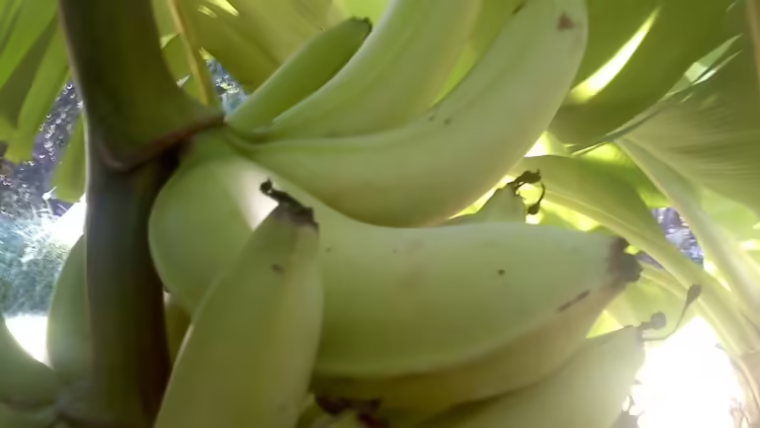
Growing Bananas: A Tropical Staple
The wet season in Northern Australia, particularly in Darwin, brings a unique opportunity for gardening enthusiasts to cultivate a variety of tropical plants that thrive in the humid conditions. Among these, bananas stand out as a significant crop, adapting well to the monsoon’s moisture and warmth. The growth cycle of banana plants typically starts with the onset of the rain, where they enter a robust vegetative phase. The increased rainfall provides the necessary hydration, allowing for the rapid development of leaves and stems. These plants generally bear fruit approximately 9 to 12 months after planting, aligning perfectly with the wetter months, which promote healthy fruit maturation.
The Lush Greenhouse Environment
In addition to bananas, other tropical plants such as papaya and lychee flourish during this period. Papaya (or paw paw down under), for instance, require consistent moisture to produce sweet, juicy fruits, and their growth is significantly enhanced during the monsoon. Similarly, custard apple trees benefit from the rainy season as it encourages both flower induction and fruit set. The lush greenhouse environment that develops during this season also supports the growth of unique ferns and other native Top End flora.
Edible Tropical Greens
By growing greens at home, you can reduce reliance on commercial produce, which may be impacted by transportation and storage conditions. Furthermore, cultivating these plants allows individuals to gain a deeper understanding of their growing patterns and nutritional needs, leading to a more connected and mindful approach to eating. Read More . . .
The Miracle Tree: Moringa Oleifera
Moringa Oleifera, often referred to as the “Miracle Tree,” is renowned for its impressive nutritional profile, offering an abundance of vitamins, minerals, and antioxidants. Moringa leaves are rich in essential nutrients, boasting vitamins A, C, and E, as well as vital minerals such as calcium, potassium, and iron. These constituents contribute to its recognition as a Super Food that can aid in boosting immunity, reducing inflammation, and promoting overall health. Read More . . .
Moringa Tree: Health Benefits and Side Effects
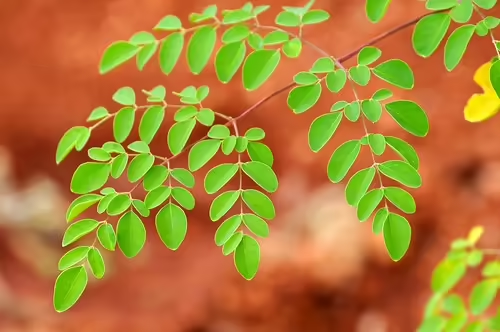
The Miracle Tree: Moringa Oleifera
Moringa Oleifera, often referred to as the “Miracle Tree,” is World Renowned for an Abundance of Vitamins, Minerals, and Antioxidants.
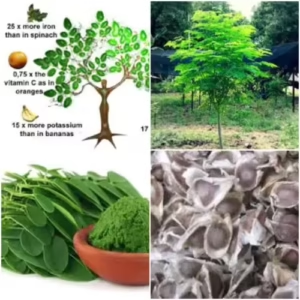
Organic Moringa Seeds
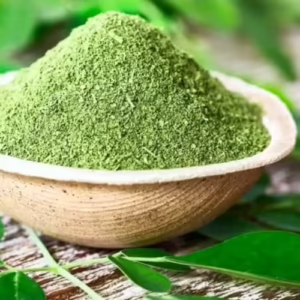
Moringa Leaf Powder
Malabar Spinach: Basella Alba
Basella alba, commonly known as Malabar spinach, stands out as an exceptional edible green, especially in warm climates such as Darwin. Likewise, this lush vine is prized for its succulent leaves and stems, which are full of essential nutrients, vitamins, and minerals. Read More . . .
Growing Malabar Spinach
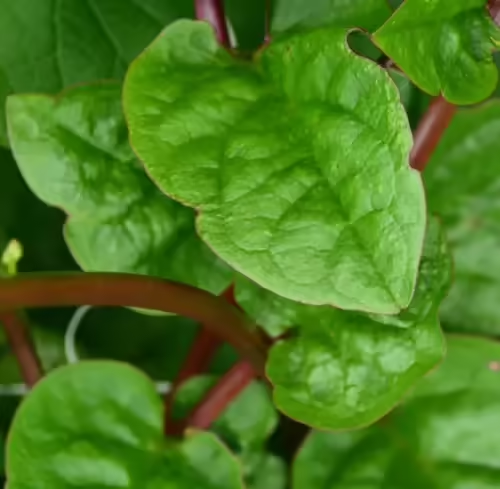
Basella Alba: Malabar Spinach
Growing Malabar spinach is a straightforward process. It enjoys a sunny location and well-drained soil, but it is also adaptable to various growing conditions.

Sangiovese
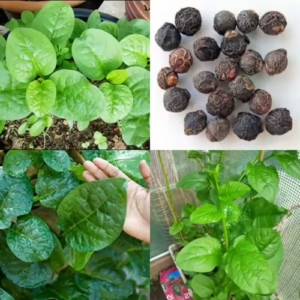
Malabar Spinach Seeds
Monitor the Moisture Levels
For successful planting of these tropical varieties, it is essential to focus on soil preparation prior to the wet season. Ensuring well-draining soil is crucial, as excess water can lead to root rot. Incorporating organic matter such as compost can enhance soil structure and fertility, promoting healthy plant growth. During the wet season, care should be taken to monitor the moisture levels closely, as overly saturated soil can harm many plants. Implementing mulching techniques can conserve soil moisture and prevent erosion. This further supports the thriving ecosystem of tropical plants in Darwin and Northern Australia.
Gardening in Darwin During Monsoon Season: Challenges and Precautions
The monsoon season in Darwin and Northern Australia brings unique challenges to gardeners. One primary concern is the prevalence of waterlogged soil, which can create unfavorable growing conditions for plants. Excessive rainfall can lead to poor drainage, suffocating plant roots and resulting in mold growth or rot. To mitigate this risk, it is essential for gardeners to implement proper drainage strategies. Raised garden beds, alongside the use of well-draining soil mixes, can significantly improve airflow around roots, thus reducing the chances of water damage.
Pesky Pests
Pest management during the humid months also becomes a critical focus area. The increased moisture can lead to a rise in insect activity, including aphids, mealybugs, and even grasshoppers, which can cause significant damage to vegetable and flower gardens. Implementing cultural practices such as crop rotation and inter-planting can help disrupt pest life cycles. Moreover, regular monitoring and the use of physical barriers, such as row covers, can create effective deterrents against these pests.
Health and Safety
Another pressing concern is the increased risk of diseases that thrive in humid conditions. Among these, melioidosis is particularly noteworthy due to its serious health implications. This bacterial infection primarily affects individuals after contact with contaminated soil or water. As a precaution, gardeners should wear protective gloves and suitable clothing while working in the garden, particularly when handling the soil. Maintaining good hygiene, such as washing hands and tools regularly, can further minimise risk.
If you’re concerned about melioidosis, you can find out more by reading the Darwin Melioidosis Treatment Guideline.
Overall, awareness and preparedness are key when navigating the gardening landscape during the wet season. By taking proactive measures, such as improving drainage, monitoring pests, and ensuring hygiene, gardeners can successfully cultivate their plants while safeguarding their health throughout this challenging period.
Essential Gardening Equipment and Techniques for Monsoon Gardening
Gardening during the monsoon season in Darwin and Northern Australia presents unique challenges, particularly due to heavy rainfall and potential flooding. To navigate these conditions, it is crucial to equip yourself with the right gardening tools and techniques tailored for wet season gardening.
Protect Your Hands and Feet!
Sturdy gloves are a fundamental piece of equipment for any gardener, especially during monsoon season. They not only protect your hands from mud and moisture but also safeguard against sharp objects that may be hidden in soggier soils. Consider investing in gloves made from water-resistant materials that can provide grip and durability against the elements.

Women’s Waterproof Gumboots

Stylish Women’s Gardening Gloves
Gardening in Darwin & Managing Water

Water Redirection and Drainage
Creating effective drainage solutions is essential to managing excess water in your garden. Installing drainage pipes or building French drains can help redirect water away from planting areas, preventing root rot and maintaining soil integrity. Additionally, incorporating raised garden beds is highly recommended. These beds are not only efficient for managing drainage but also improve aeration, supporting healthy root development even in saturated ground conditions.

Organic Moringa Extract Drops
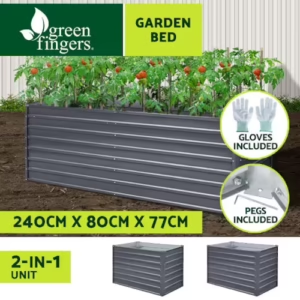
Raised Garden Container Planter Bed
Mulch, Cover Crops and Ground Cover
Soil erosion is another concern during the monsoon, and utilising techniques such as mulching can assist in keeping soil in place. Organic mulch can also contribute to moisture retention, benefiting plants during the long stretches of wet weather. Planting cover crops or ground covers can further protect your soil from washing away and can enhance soil fertility by adding nutrients as they decompose.
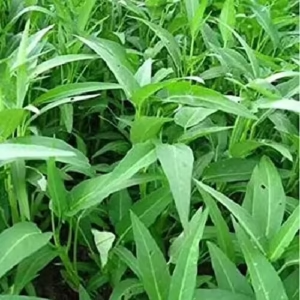
Kangkong Water Spinach Seeds

Organic Garden Mulch
Post-monsoon maintenance is imperative to ensure the health of your garden. Regularly inspecting plants for signs of stress or disease will allow for early intervention, while clearing out debris can prevent disease spread. Utilising compost can revive fatigued soil and improve its structure for future growth. By implementing these essential tools and techniques, you can cultivate a thriving garden throughout the wet season.
Planting Calendars and Guides
Give your Monsoon Garden the best start by correctly choosing the optimal times for seasonal sowing and harvesting.
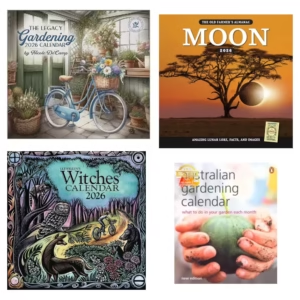
Gardening Calendars for Planning and Planting

Astrological Moon Calendar & Planting Guide
Monsoon Gardens: Design and Creation
Top End Gardens have been designing and creating tropical gardens for over 20 years. Get in Touch to Find Out More.
Book an Appointment Now!
Free quotes for irrigation, gardening and landscaping projects are available upon request
Growing Dry Season Veggies in Darwin
Growing Dry Season Veggies in Darwin
Growing dry season veggies in Darwin, including sweet corn, cherry tomatoes, and broccoli, taking advantage of the cool, dry weather.
Popular Posts
View More Posts
Don’t Miss Out These Great Deals From Our Ebay Partners!

Delicious Laksa Paste

Japanese Square Tamagoyaki Pans

Vegan Thai Green Curry Paste

Healthy Boy Mushroom Soy Sauce

Women’s Waterproof Gumboots

Stylish Women’s Gardening Gloves

Walk Behind Whipper Snippers

Best Rated Reliable Pressure Washers
2025 Anti-Obesity Berry Springs Irrigation Services Brazilian Spinach Controllers and Timers Darwin Dry Season Edible Garden Gardening in Australia Girraween Irrigation Services N.T. Healthy Food Home and Garden Humpty Doo Irrigation Services Hunter Irrigation Hunter NODE Hunter X-Core Indonesian Food Installing Irrigation Controller Irrigation Controller Irrigation Installers Near Me Irrigation Repairs Irrigation Repairs Near Me Irrigation Services Near Me Irrigation Systems Irrigation Timer Irrigation Valves Irrigation Zones Lawn Sprinklers Litchfield N.T. Livingstone Irrigation Services Malabar Spinach Moringa Oleifera Orbit Palmerston Sprinkler Timer Super Food Sweet Leaf Sweet Potato Thai Food Traditional Medicine Tropical Vegan Food Vegetables Vegetarian Food Water Spinach

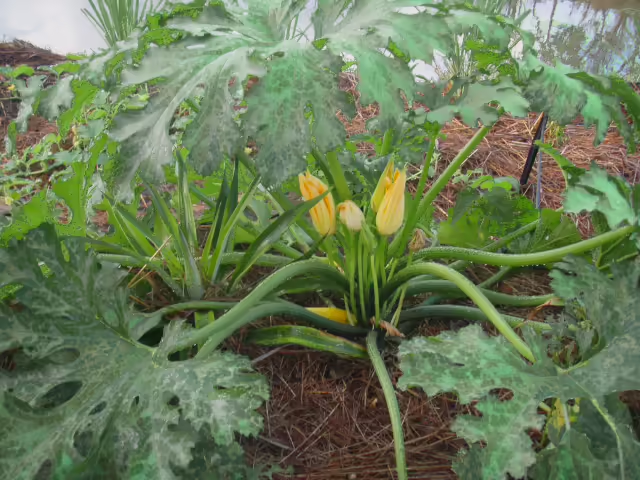
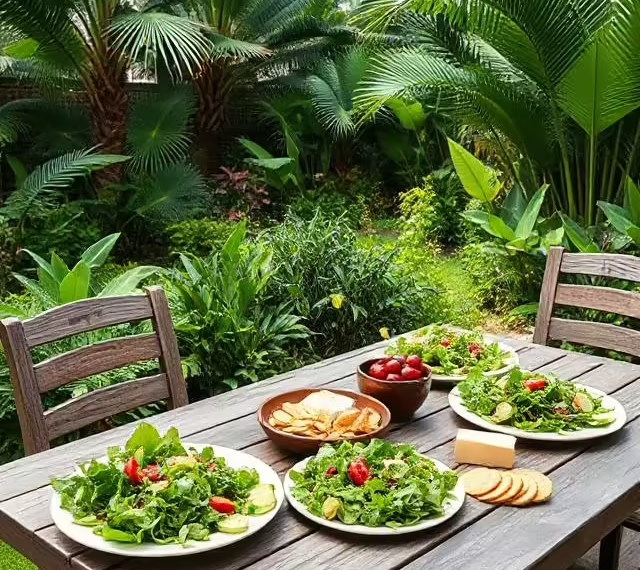
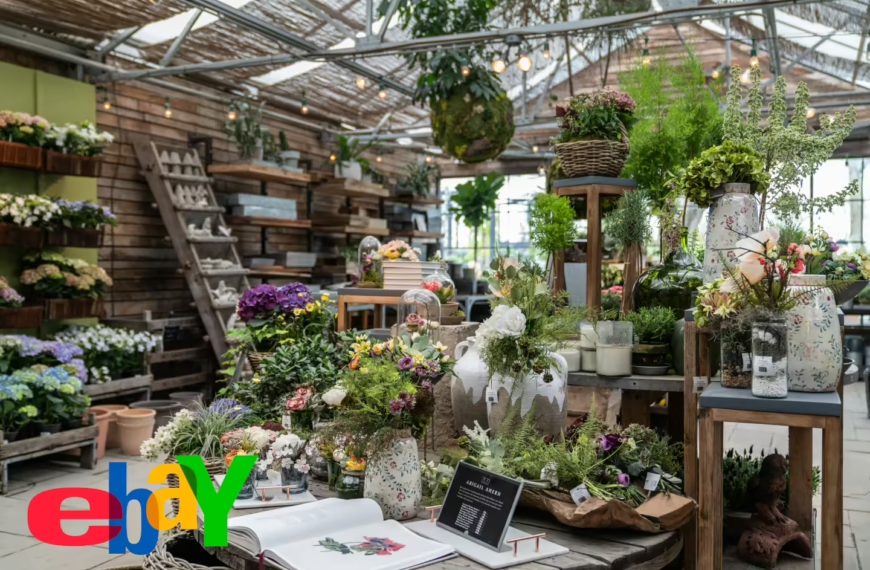

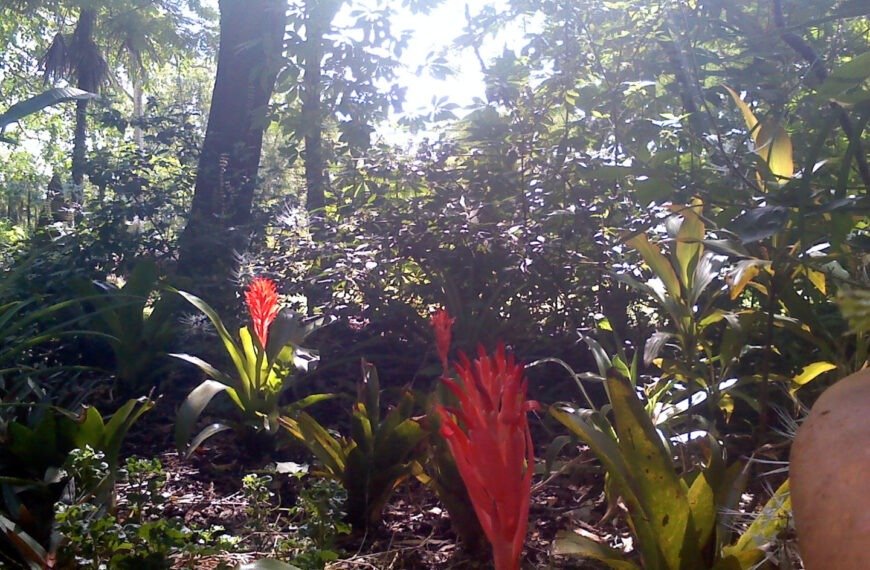

Comments